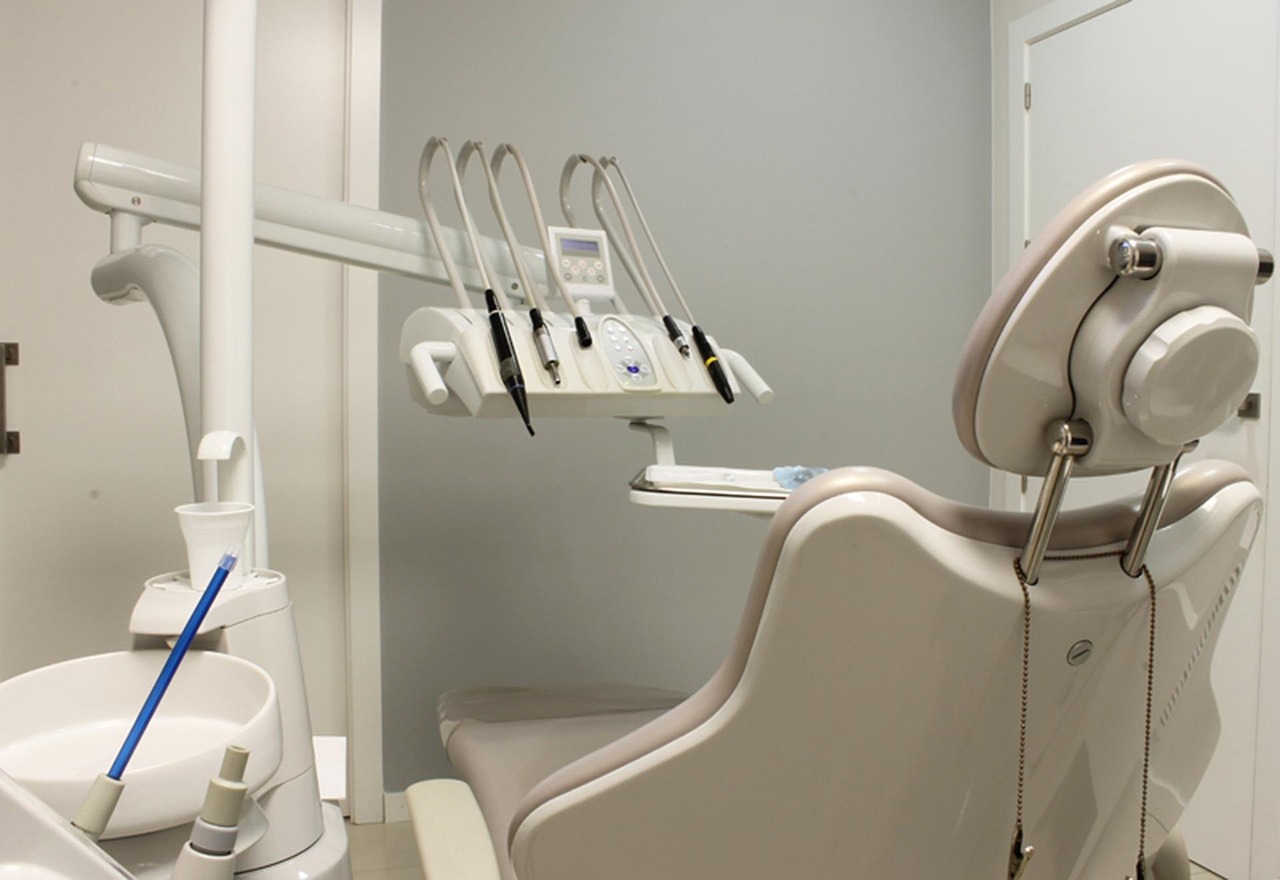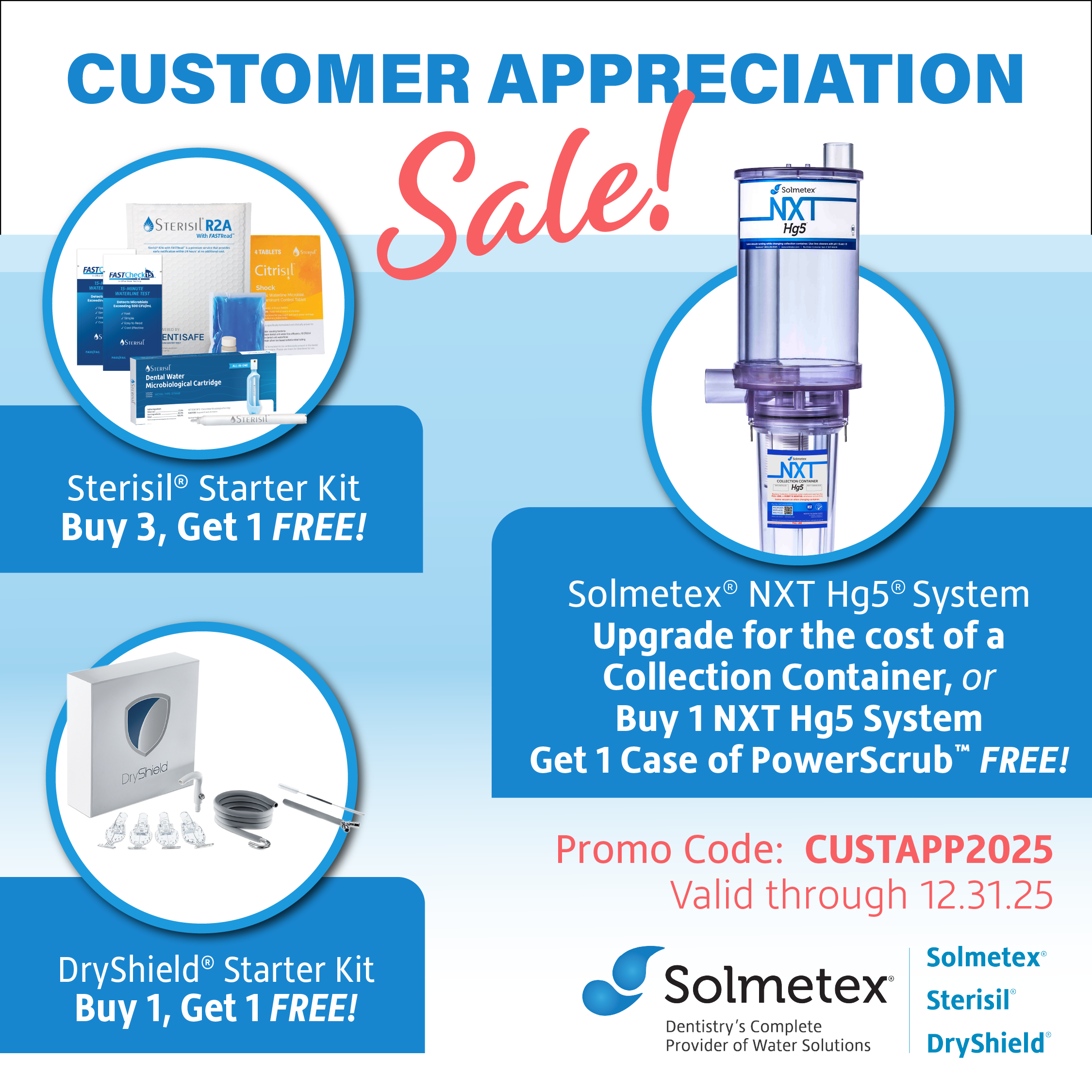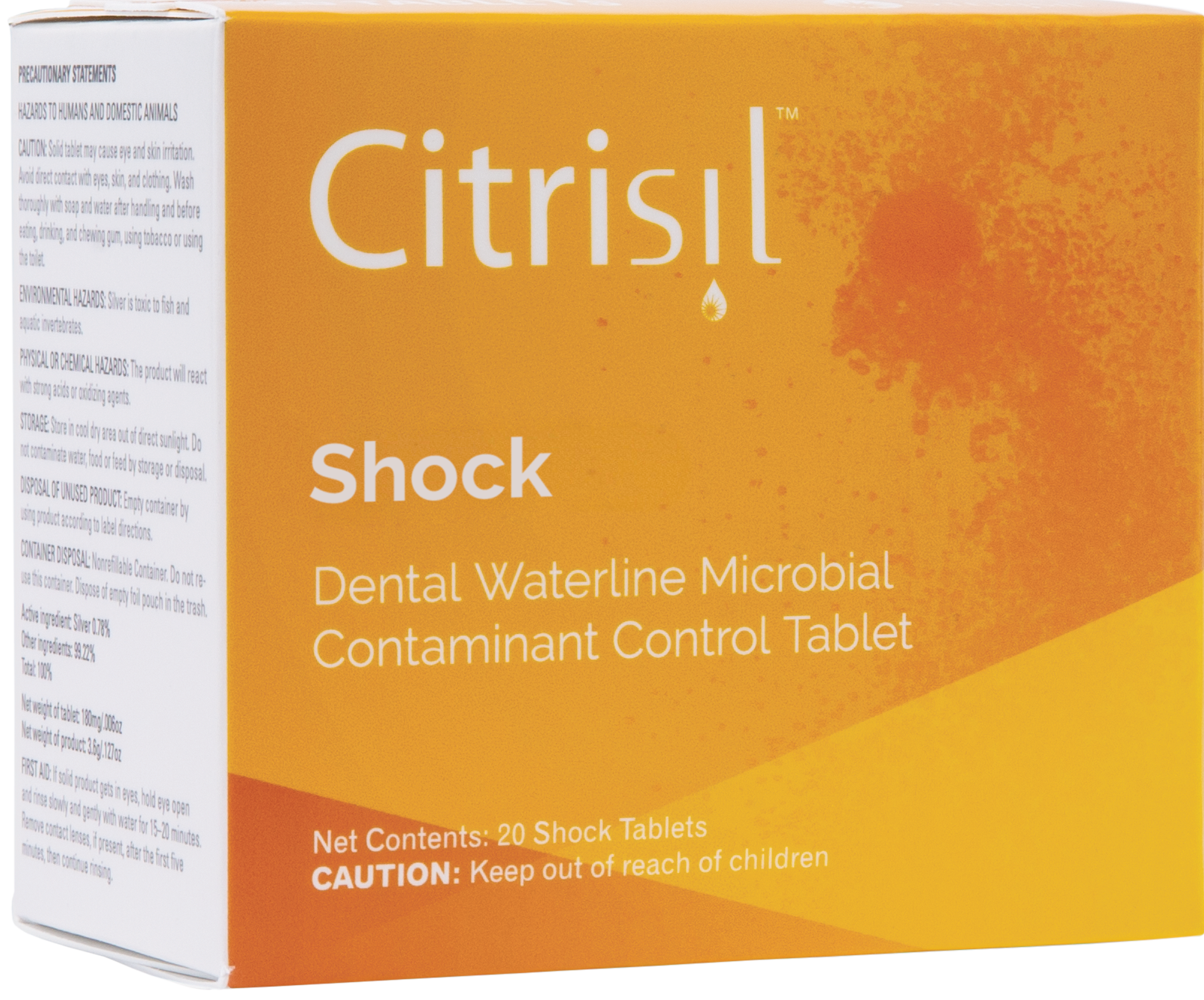Your cart is currently empty!
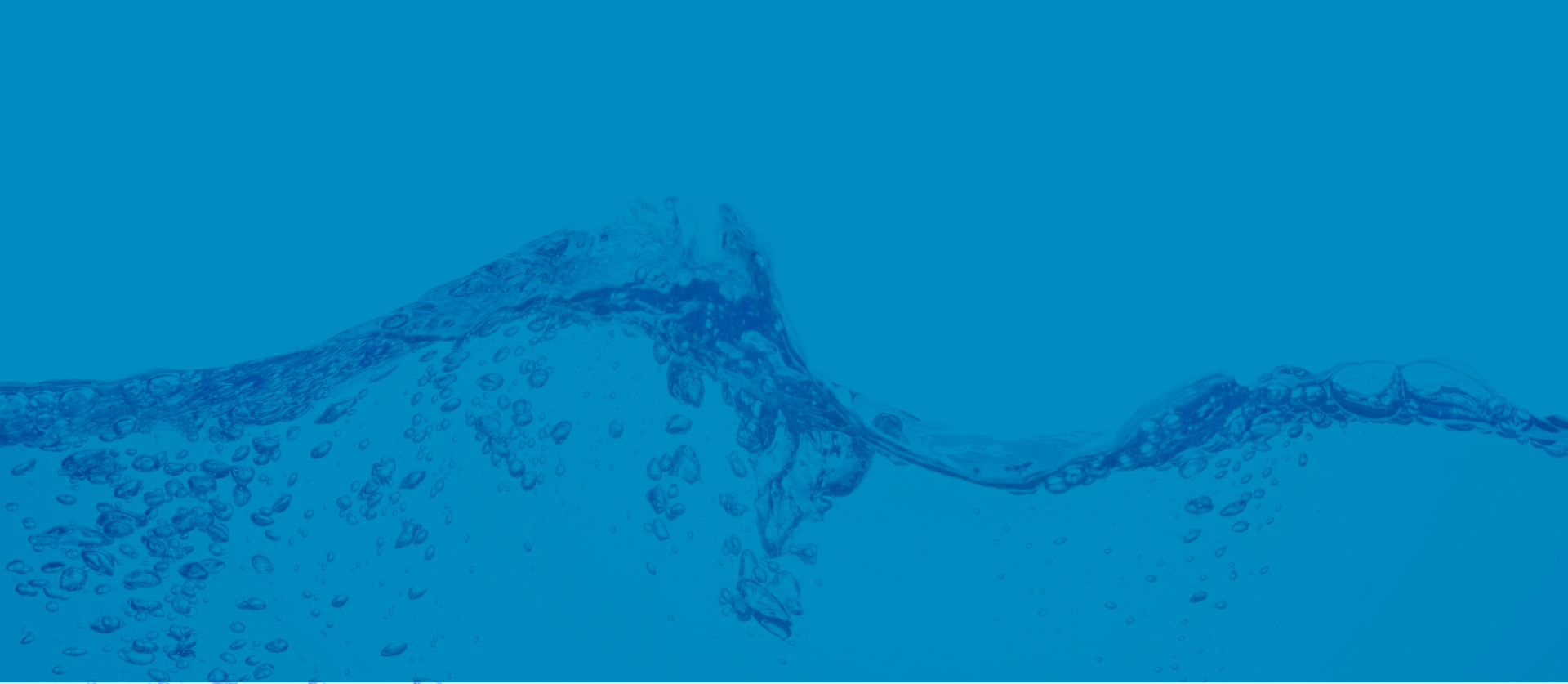
Strategies for Implementing Waterline Treatment for the First Time
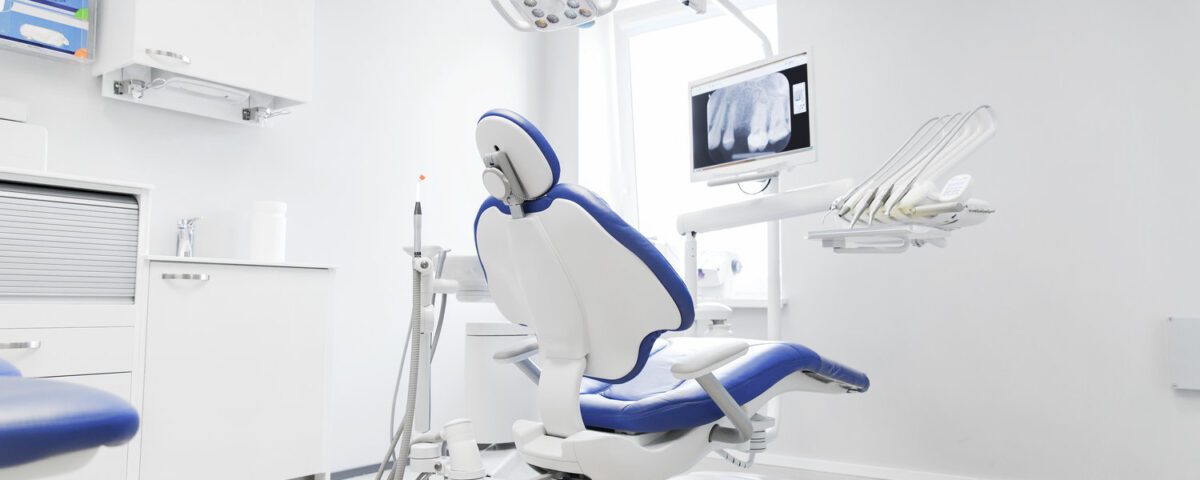
In part one of this two-part blog series, we lay the groundwork for you, the dental waterline novice, to effectively treat your dental unit waterlines for the first time. Strap in and get ready, because we’re diving into strategies for implementing waterline treatment for first time users.
Intro and Rationale for Treatment
If someone told you that shopping mall parking lots were filled with a population of opportunistic car thieves looking for any opening to steal valuables from your vehicle, you would lock your vehicle, right? Car thieves target such places because the environment is ripe with opportunities for them to exploit. Microbes and opportunistic pathogens populate a dental waterline in much the same way–looking for any opportunity or weakness to exploit.

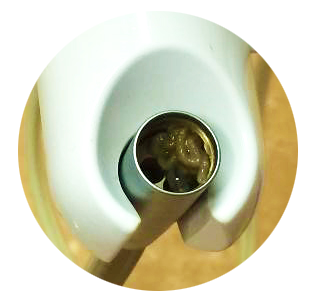
Dental unit waterlines are wonderful incubators; therefore, you will find a density of these unwanted occupiers ready to exploit any available resources or opportunity to proliferate. This concept is nothing new for many of you reading this. If it is, I would highly recommend you check out one of our first articles on the bacteria problem to better familiarize yourself with these concepts. The purpose of this post is to help the uninitiated get over the hurdle of treating for dental waterline hazards for the first time. Armed with some basic treatment and testing frameworks, these concepts are fully scalable and repeatable in any dental environment. Let’s get to it!
Related article: Strategies for Implementing Waterline Treatment for the First Time
Step 1: Planning
So what’s the plan? Every clinical setting will place different requirements on its dental water compliance plan. At the very least, your plan should cover the following:

What Does Success Look Like?
CDC Standards

Practice Evaluation
Treatment History, Dental Unit Configuration

What Type of Source Water are You Going to Use?
Treatment History, Dental Unit Configuration

Choosing a Treatment Method
EPA Registration and Labeling, Shock Treatments and Compatibility

Formulate a System for Training Staff
Onboarding, Identify your Infection Control Officer (ICO)

Establish a Water Quality Monitoring System
Test Methods, Testing Intervals
What Does Success Look Like?
CDC Standards
It’s helpful to understand what success looks like for waterline compliance. Ask anyone in the know and they’re most likely going to reference the CDC document: Guidelines for Infection Control in Dental Health-Care Settings—2003. Their guidelines for waterline treatment outline several specific points about what makes dental water suitable for use:
- Use water that meets the CDC recommended limit for dental procedural water (i.e., <500 CFU/mL of heterotrophic water bacteria) for routine dental treatment.
- Consult with the dental unit manufacturer for appropriate methods and equipment to maintain the recommended quality of dental water.
- Follow recommendations for monitoring water quality provided by the manufacturer of the unit or waterline treatment product.
- Discharge water and air for a minimum of 20–30 seconds after each patient, from any device connected to the dental water system that enters the patient’s mouth (e.g., handpieces, ultrasonic scalers, and air/water syringes).
- Consult with the dental unit manufacturer on the need for periodic maintenance of anti-retraction mechanisms.
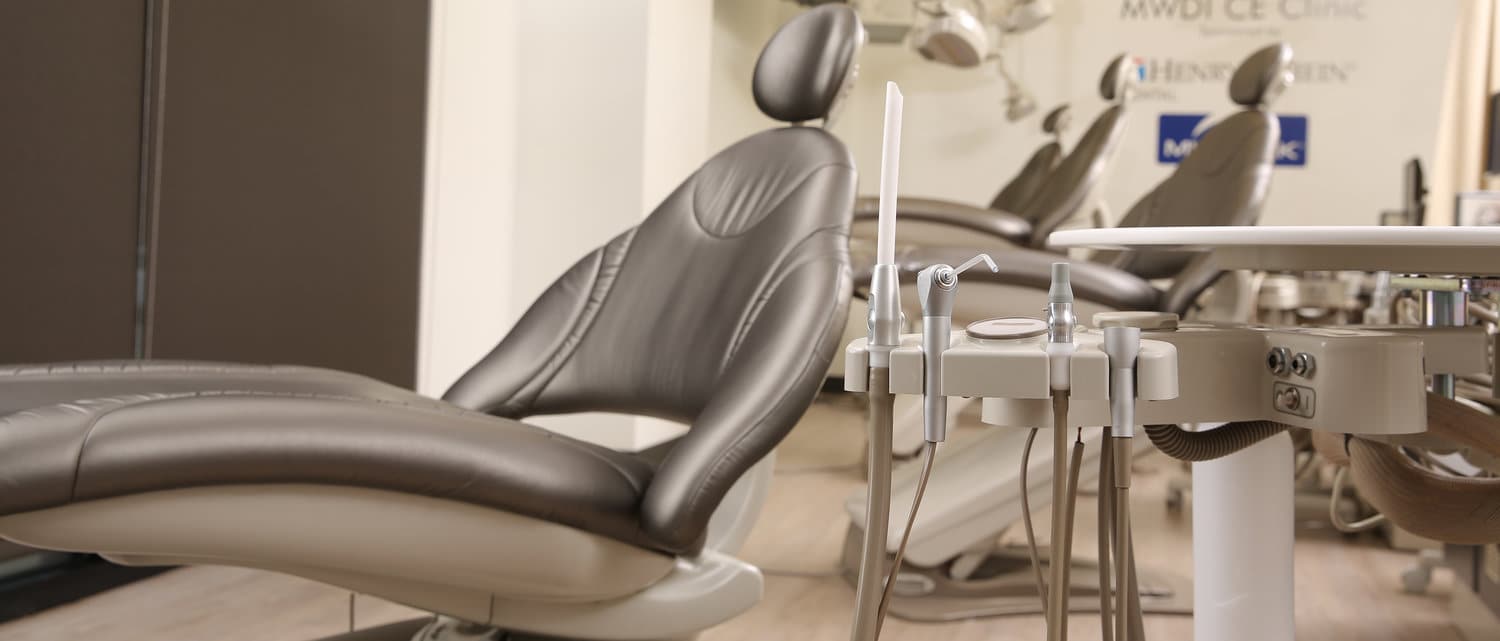
The big one there is the <500CFU/mL HPC purity. That’s your target. So how do you get there? Well, you need to put a good plan in place and it starts with a practice evaluation.
Evaluate Your Practice
Treatment History
Dental waterline treatment doesn’t happen in a vacuum. Many factors play into the efficacy of a treatment program. Your knowledge and understanding of their relevance will help you prioritize your efforts the same way you move pieces on a chess board.
One of the first things you should look at in the practice evaluation is whether treatment had been part of your practice’s routine at any point in the past. Establishing a baseline from past efforts will help you capture critical information relevant to factors such as potential chemical interactions and current biofilm contamination. Regardless of the treatment product you select, you should be thinking about shocking more than once. We’ll cover shocking in more detail in the treatment methods section.
Dental Unit Configuration

The dental unit, specifically the way water is delivered to the handpieces, has a direct effect on your ability to control coolant contamination. Developments like the independent water reservoir (aka. bottle feed) were an evolution in chair design aimed at providing dental health providers (DHPs) a conduit to control source water quality and intervene with chemical treatments for microbial contamination. If you don’t have a bottle, don’t worry. You still have options. But I recommend you consider converting your chairs to a bottle system. As you will see, bottles will save you quite a bit of hassle in the long run.
Other factors related to chair design such as dead ends of tubing within the chair (aka dead legs), with no directional water flow can adversely affect your ability to sustain compliant levels of bacteria. Thankfully, modern design revisions have improved flaws like dead legs. But if you have an older chair with these flaws, I recommend consulting with your trusted dental equipment technician for possible solutions.
What type of source water are you going to use?
Source water quality is a subject we’ve been emphasizing for some time now and this post will be no exception. It can make or break your treatment program, and if not properly accounted for when choosing a treatment option, it can render the entire protocol a wasted effort.
Distilled Water
Typically, if a practice is willing, we attempt to push folks towards using distilled quality water. Its consistent purity is indicative of a coolant medium suitable for a medical environment such as a dental operatory. Treatments that rely on trace or residual amounts of chemicals for both safety and long-term treatment efficacy will maintain more consistent results when using distilled water. This is not my opinion, it’s chemistry.
Municipal Water
If a practice intends to use its municipal tap water, some level of water quality assessment should be taken to ensure municipal contaminants and additives are not present in concentrations that would adversely affect treatment outcomes. Tap water, while preferred for convenience and low cost, is not suitable in most cases for a medical environment like a dental operatory. If you haven’t already, check out our blog post, Municipal Tap Water: Use with Caution, for a list of good reasons to consider distilled. For most Sterisil® customers, a simple total dissolved solids (TDS) test is enough to know if their tap water is a suitable host for treatment.
Regardless, as a general guideline, water with TDS levels exceeding 250ppm is not suitable for reliable and consistent treatment with most Sterisil products. If your tap water has greater than 250ppm TDS, there are methods for improving that water quality. I recommend you speak with one of our Dental Water Compliance Specialists, or call our customer support team for advice in this area.
There are more in-depth water quality assessments aside from a simple TDS hand test, and I would advise folks to go with what they can afford. Consult with your treatment and chair manufacturers about what they recommend with their products. There is no sense in jamming square pegs into round holes. If your tap water is dirty, clean it up–or don’t use it.
This one is easy and thankfully, there is ample information on this blog alone about the products we recommend, and why. Not to mention the gang of sales folks out there selling the latest and greatest waterline widgets that are not only effective, but they may save you time and money in the long run.
EPA Registration and Labeling
Always select products that have an EPA registration for dental waterline treatment. Unless the bleach you were using has an EPA registration for waterline treatment, ditch it and go with something validated for use in the dental unit. From there, you can evaluate products on an individual basis. Most companies pay good money for validation testing so they can advertise their level of disinfection. You can find that information on their EPA label and most likely their packaging. Can’t find your labels? You can search for them at the EPA.gov site.
You will also find their instructions for use (IFU). Study these closely. These protocols can get complicated, will vary from product to product, and can end up costing you more money in man hours over the long term. What’s worse, the more complicated the protocols, the more likely folks will choose to cut corners and not follow the IFU. In our experience, staff protocol compliance is one of the top causes of water test failures despite it being one of the easiest factors to mitigate.
Shock Treatments and Compatibility
One final point about treatment products. Most manufacturers recommend using an EPA registered waterline cleaner (aka shock treatment) prior to starting the maintenance treatment. The problem is, they don’t always provide a shock treatment or tell you what is compatible with their maintenance products. When possible, look for products that have integrated shock and maintenance treatments to avoid unwanted chemical reactions in the waterline.
If you’ve never treated your dental units, you should plan on more than one shock treatment during the initial implementation and prior to your first water test. It may be beneficial to remove your handpieces as dead biofilms released from the shock treatment may be purged in the effluent water, and you don’t want that gunk clogging up your handpieces.
Formulate a System for Training Staff
Staff protocol compliance can make or break your treatment efforts.
Make it easy on yourself and others and create the necessary framework so people can fall back on their training in times of action.

Develop and maintain a waterline training binder and log book to track and maintain records of who has been trained and on what topics. As new individuals come on board, they too will need to be instructed on waterline safety efforts specific to your practice.
It is also beneficial to have a protocol for what to do in the case of a protocol breach. Instill a culture of honor and responsibility around waterline cleanliness. The intent is to allow people to admit when they’ve breached protocol and to take responsibility to rectify the situation.
Many offices will have an Infection Control Officer who oversees all infection control efforts. If you don’t have one in your office, task someone with the job of becoming the resident expert on how waterline treatment should be executed and training others to do the same.
Step 1: Establish a Water Quality Monitoring System
Your plan should include specific points covering water testing and its relevance to your practice.
According to OSAP
…“dental procedural water monitoring is intended to identify failures in clinical water management practices and can also provide a positive-reinforcement feedback loop for the dental staff.”
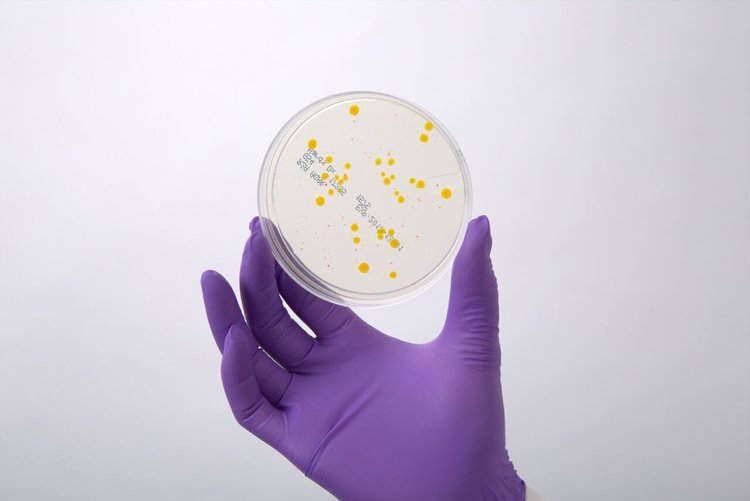
Sampling and test methods to be used
In-office or third-party lab (Sterisil® recommends conducting at least one third-party lab test per year.)
For more info about test methods, check out our blog article: Dental Waterline Testing – A Crash Course in Commonly Accepted Methods
Testing intervals
At least once a year. You can never test too much so do what your practice can afford. OSAP has some great recommendations in the Journal of Dental Infection Control and Safety, Vol. 1, Issue 1.
Action limits
499 CFU/mL should always be your maximum allowable bacteria level.
What to do in the case of a failed water test
Consult with the waterline product manufacturer.
Step 2: Execute
Now you’ve got a plan. Everyone has been trained. It’s time to put it in place. This can be a little scary at first, but you’ve got this. Remember, the key to success is consistency. Stick to the plan.
Step 3: Evaluate and Repeat
As times goes by and you have some water test data to support whether your plan is working or not, you may see a need to alter your plan in some way. Awesome! You should be constantly evolving and improving your process with the introduction of new information.
Considerations for Sustaining Long Term Compliance
Sustainable waterline compliance is all about consistency. If you change some element of your plan, you should consider validating the change with a water test. Have fun with it. Water treatment is one big experiment that you get to run over and over. Some variables will affect the outcome in different ways, so keep track of how you direct your energy. As you build up your understanding of what works in your practice, quadruple down on that.
Share this post:

Related Posts



